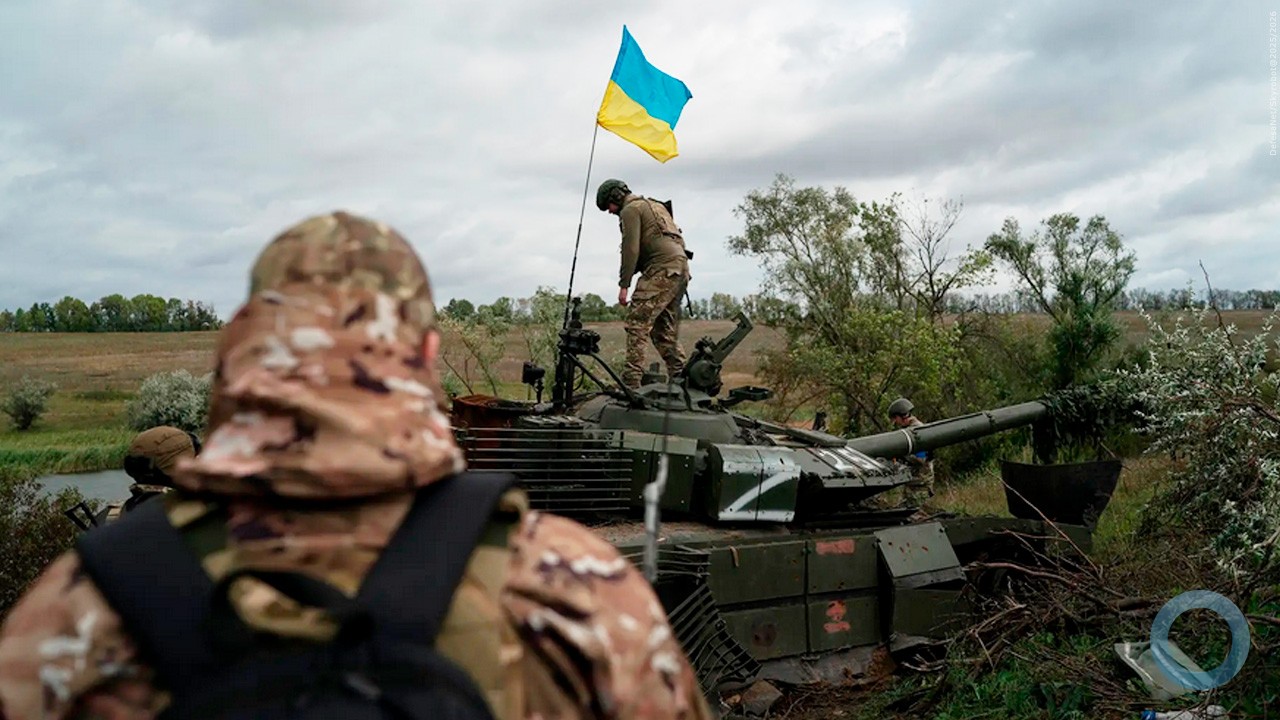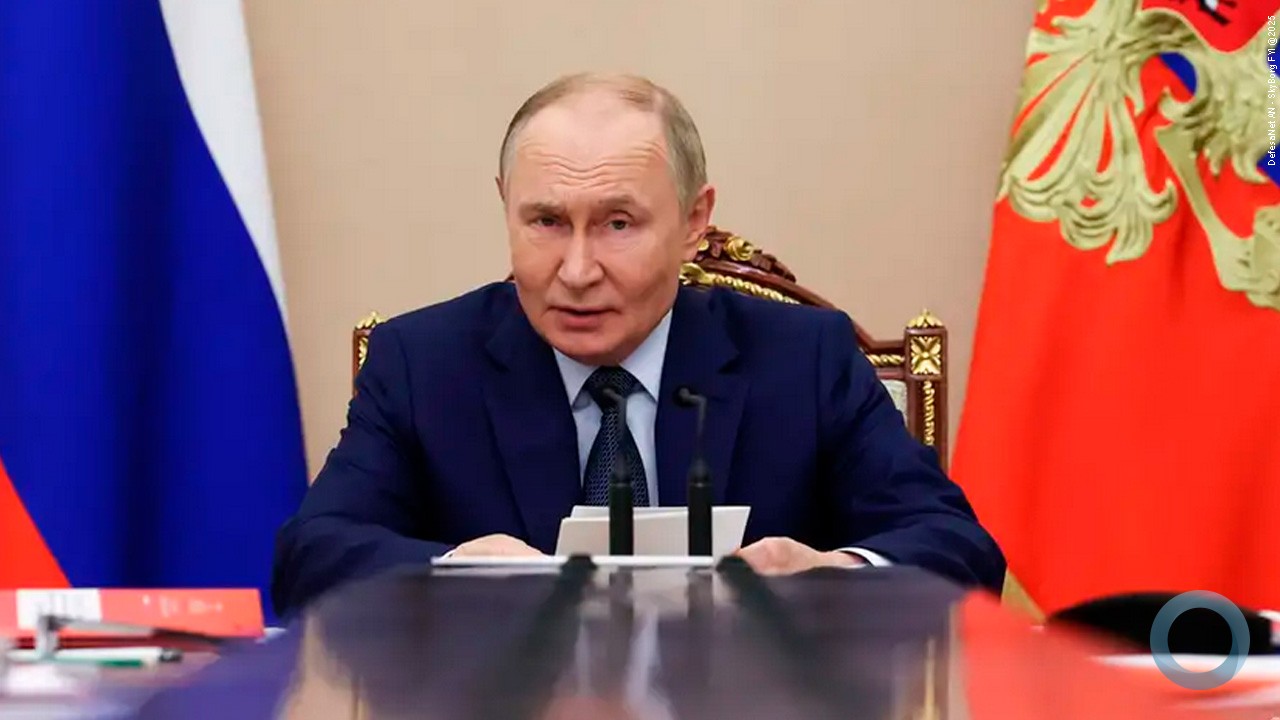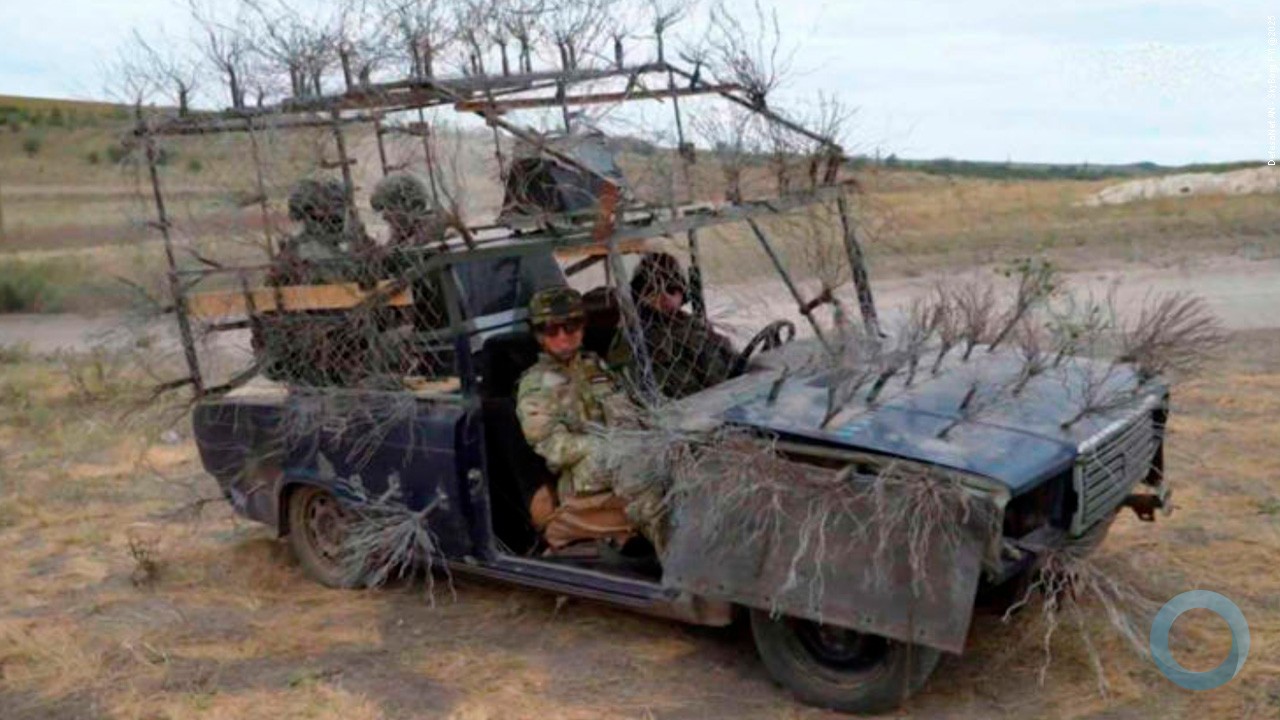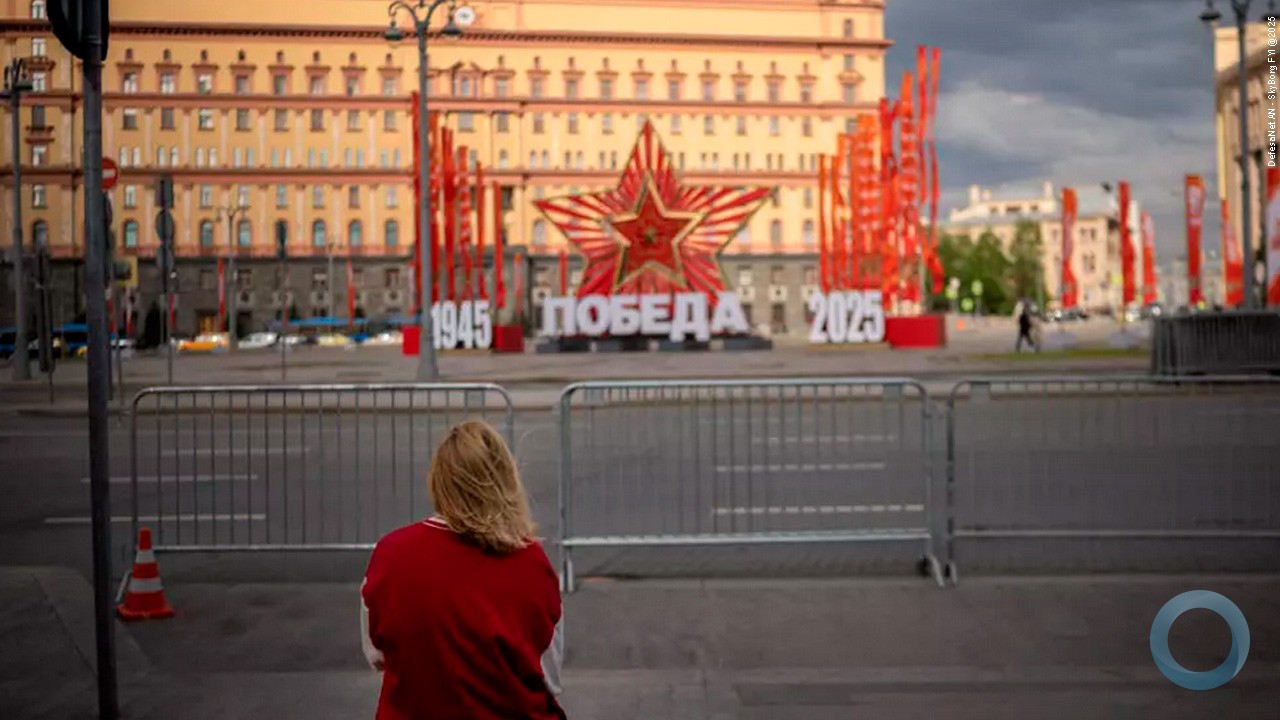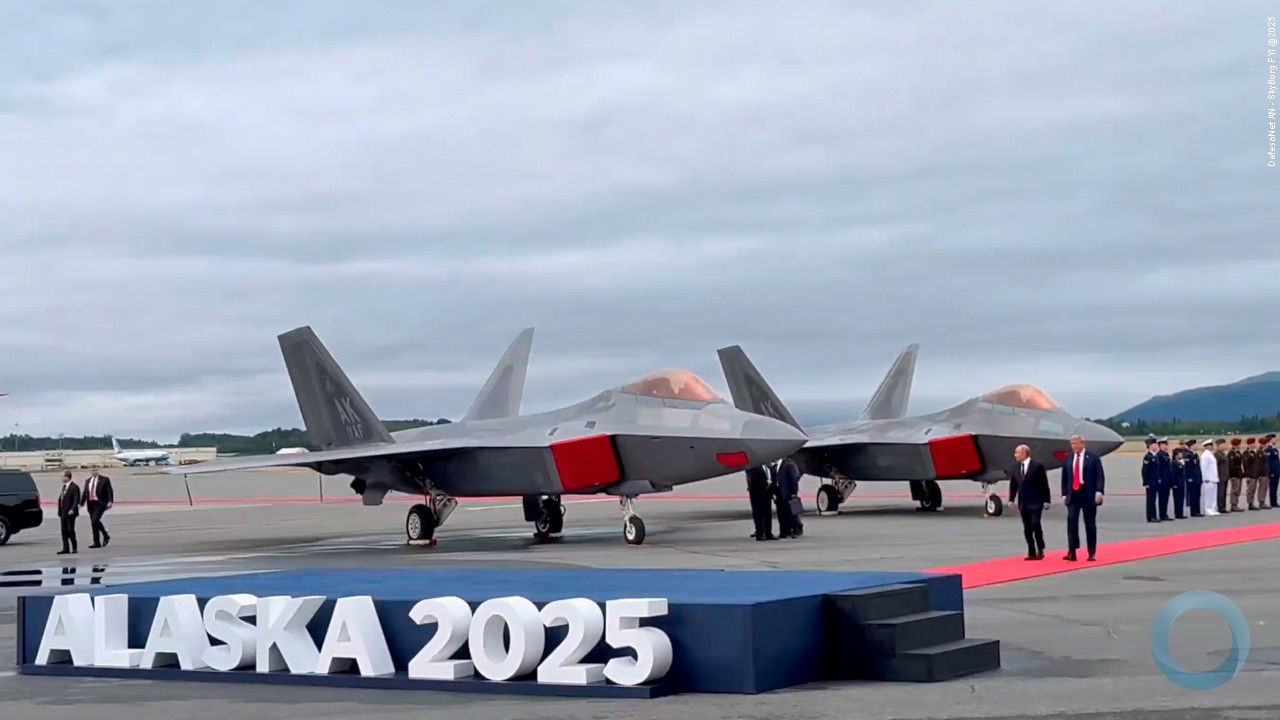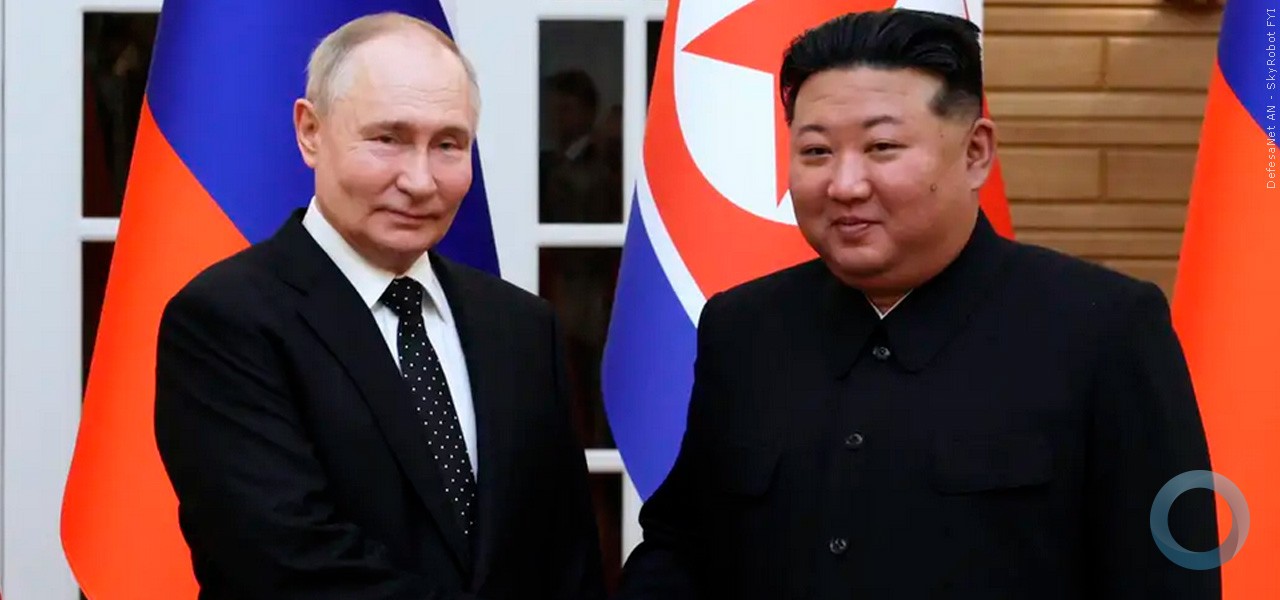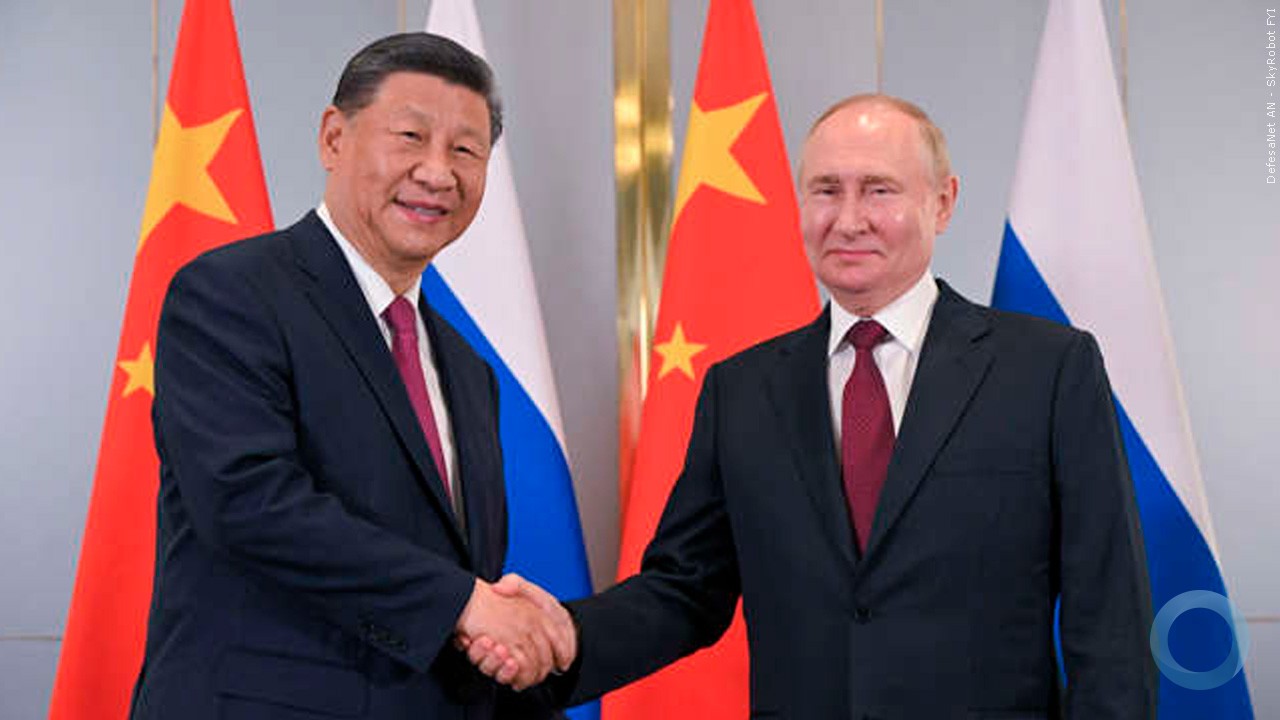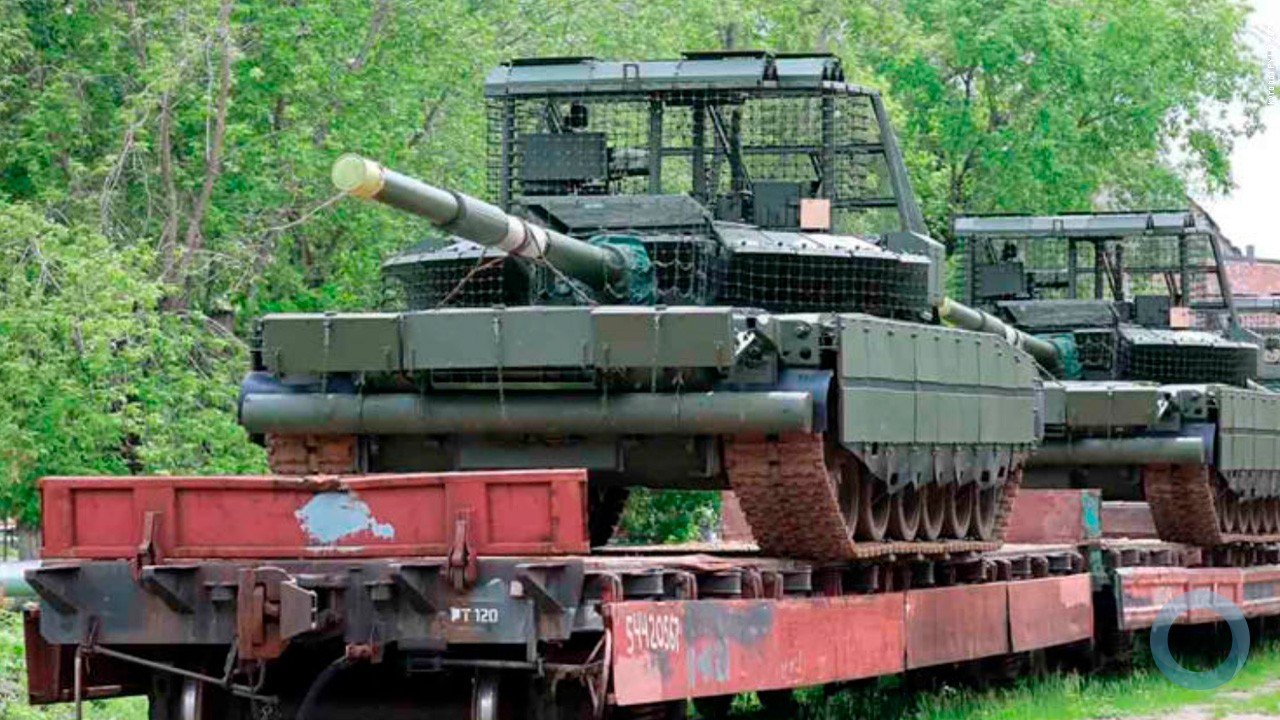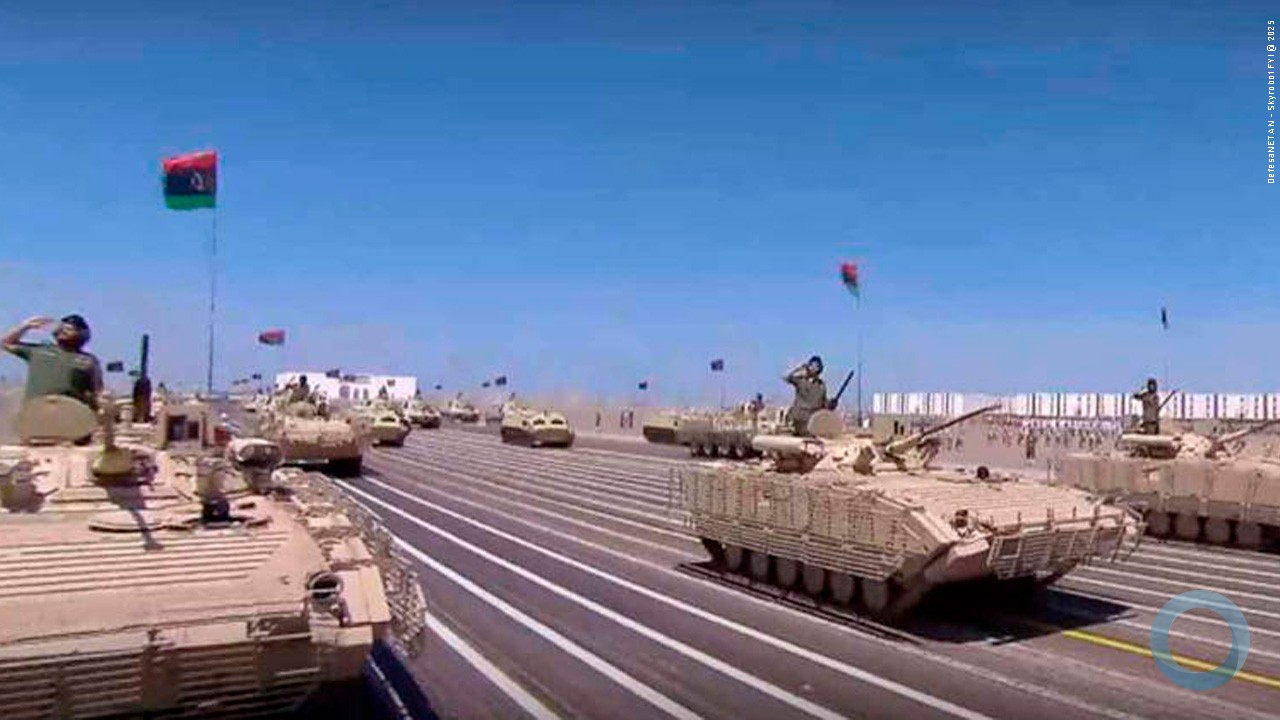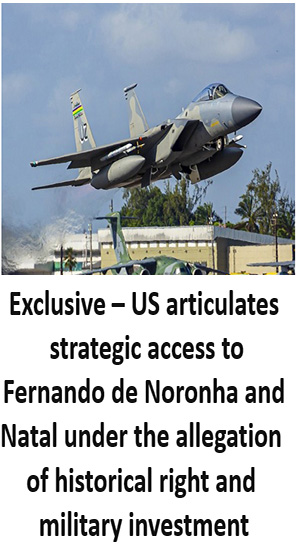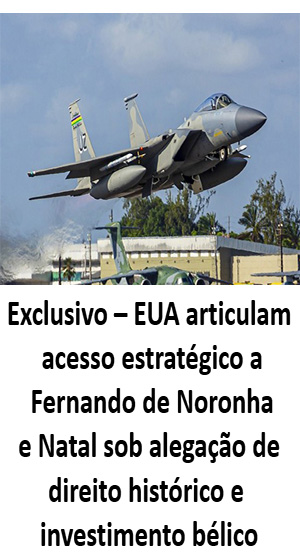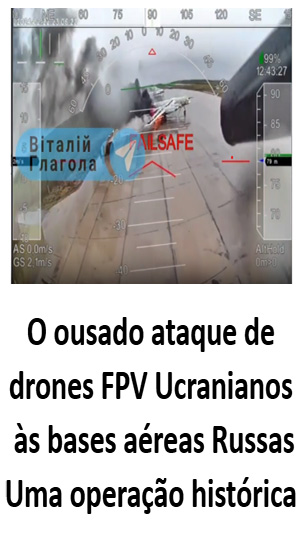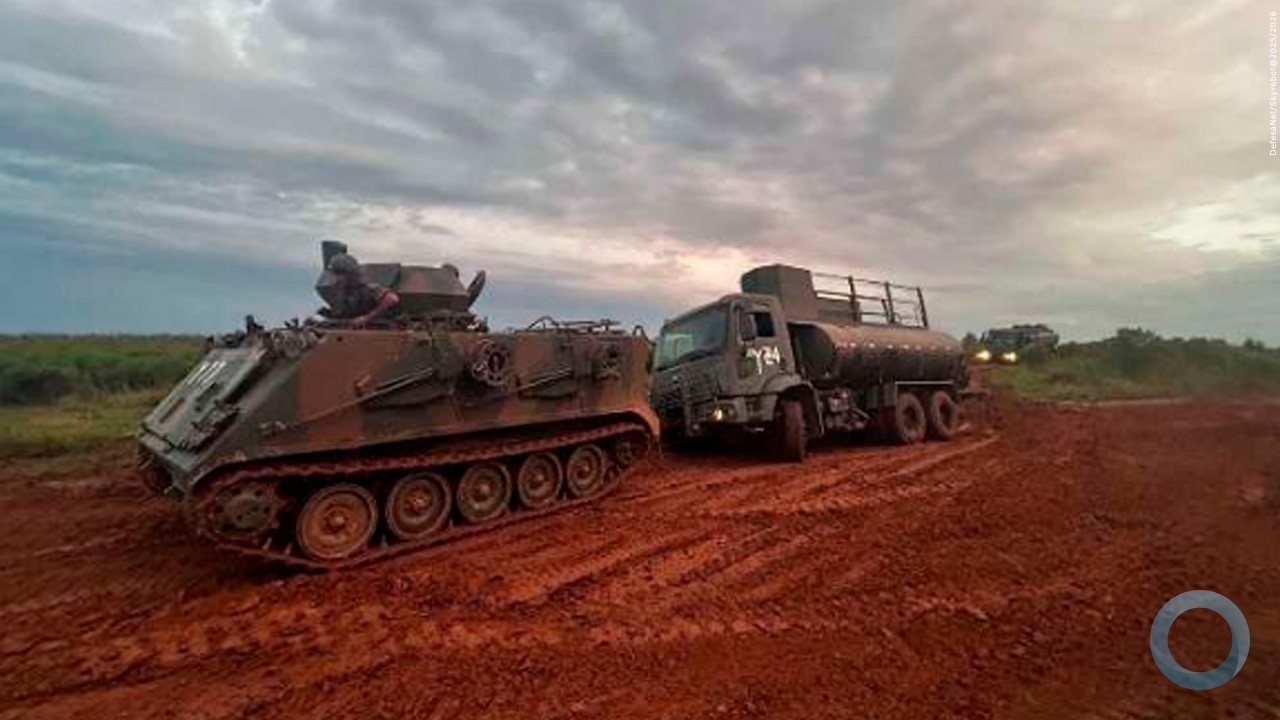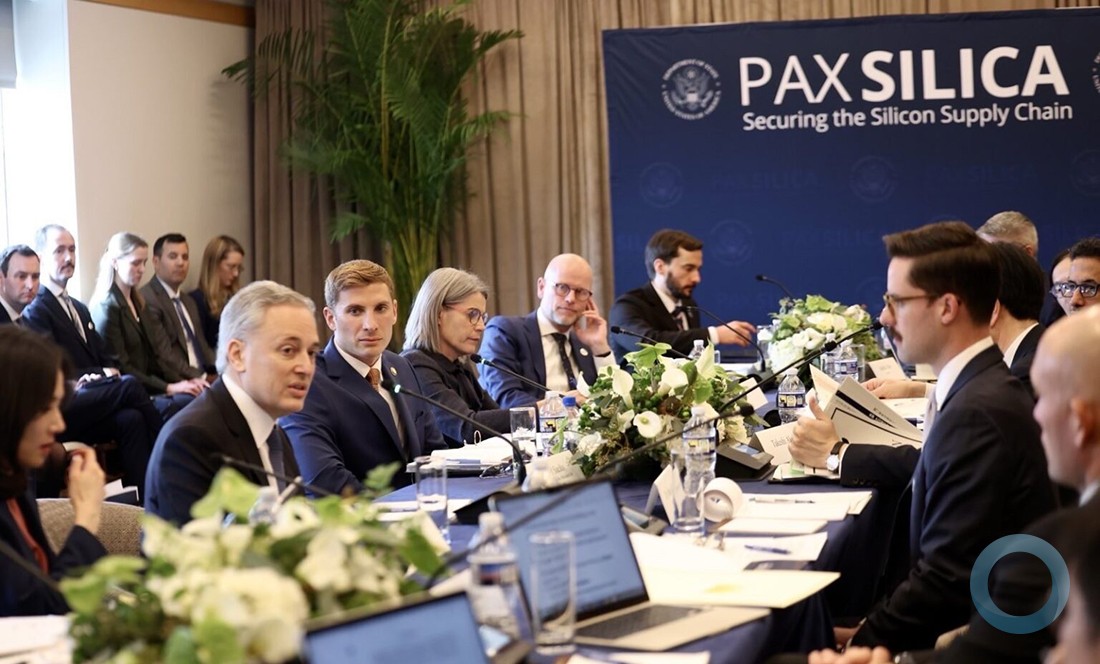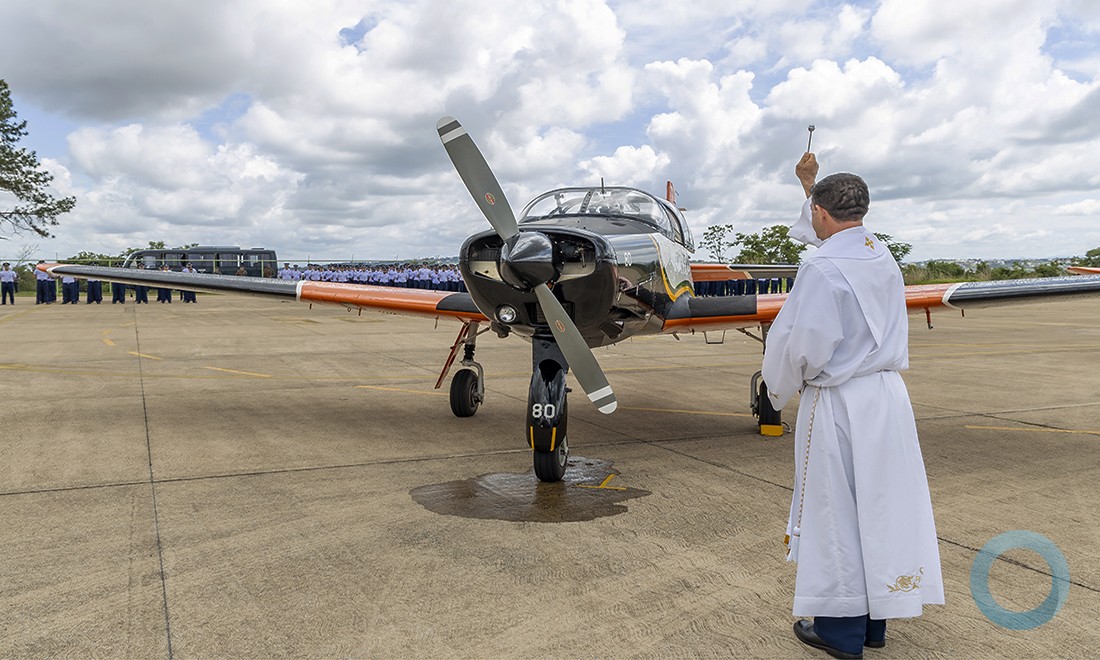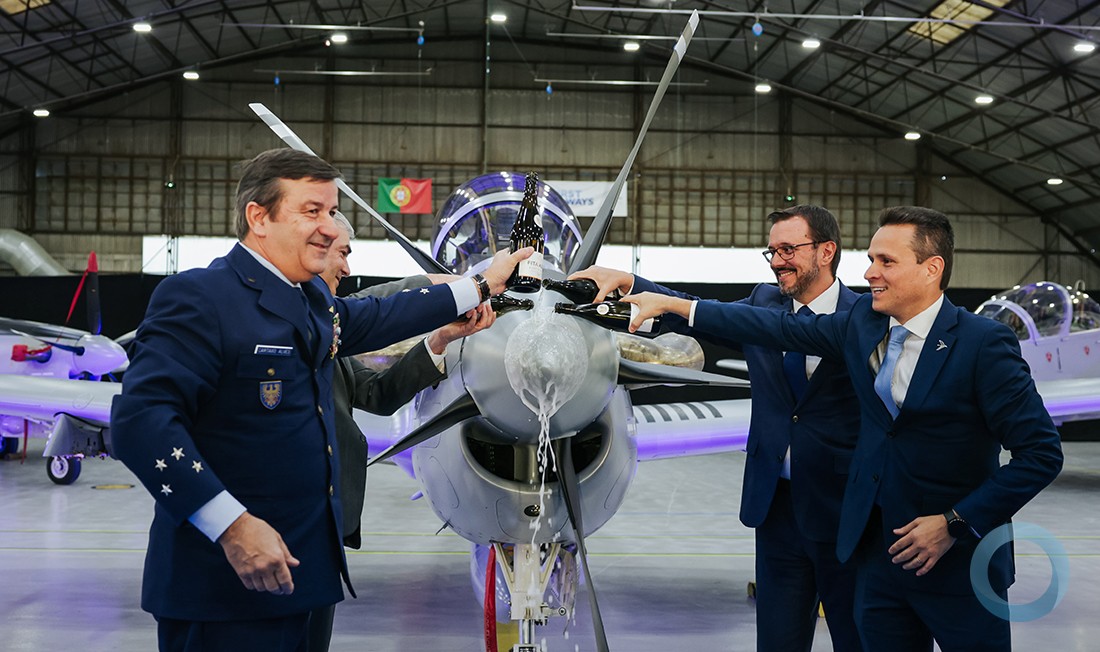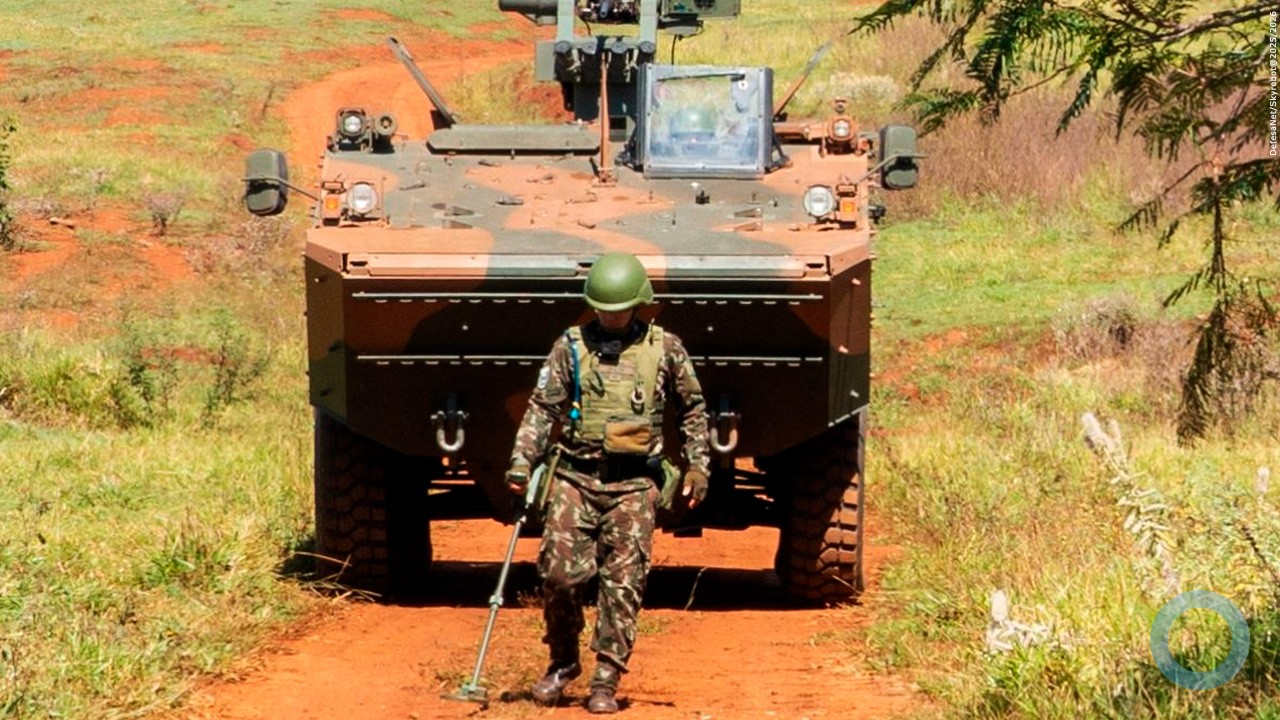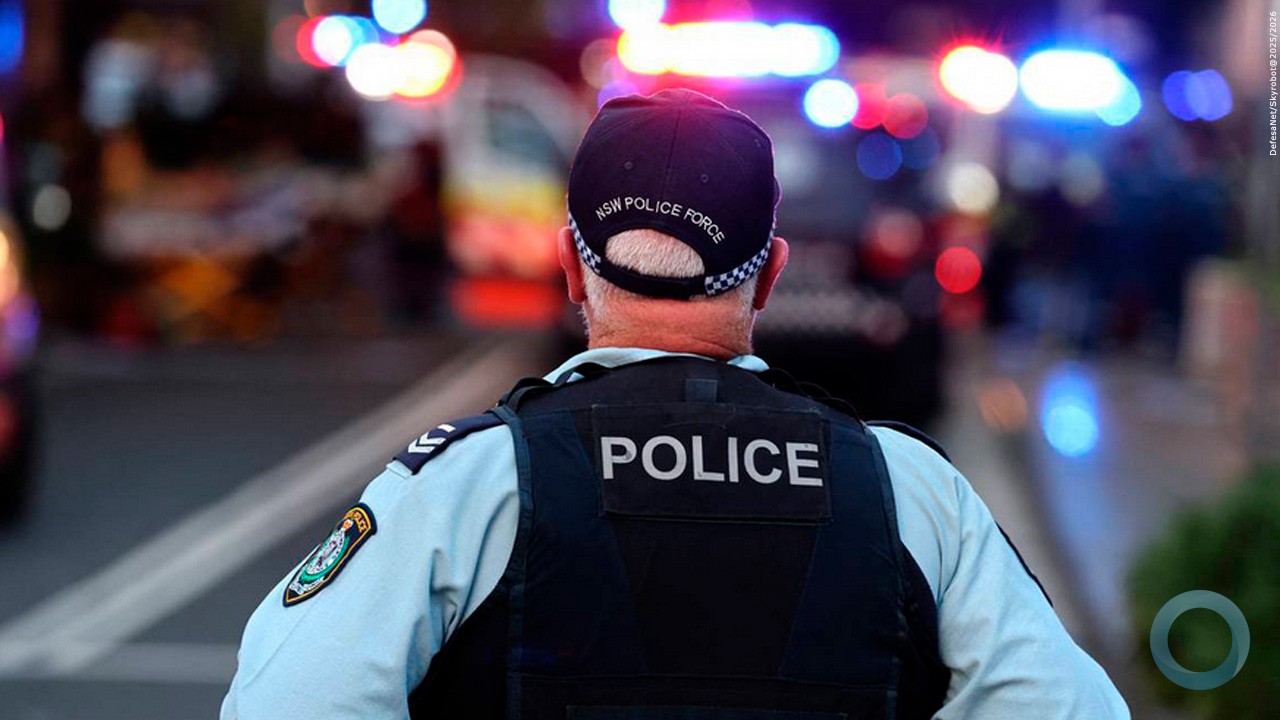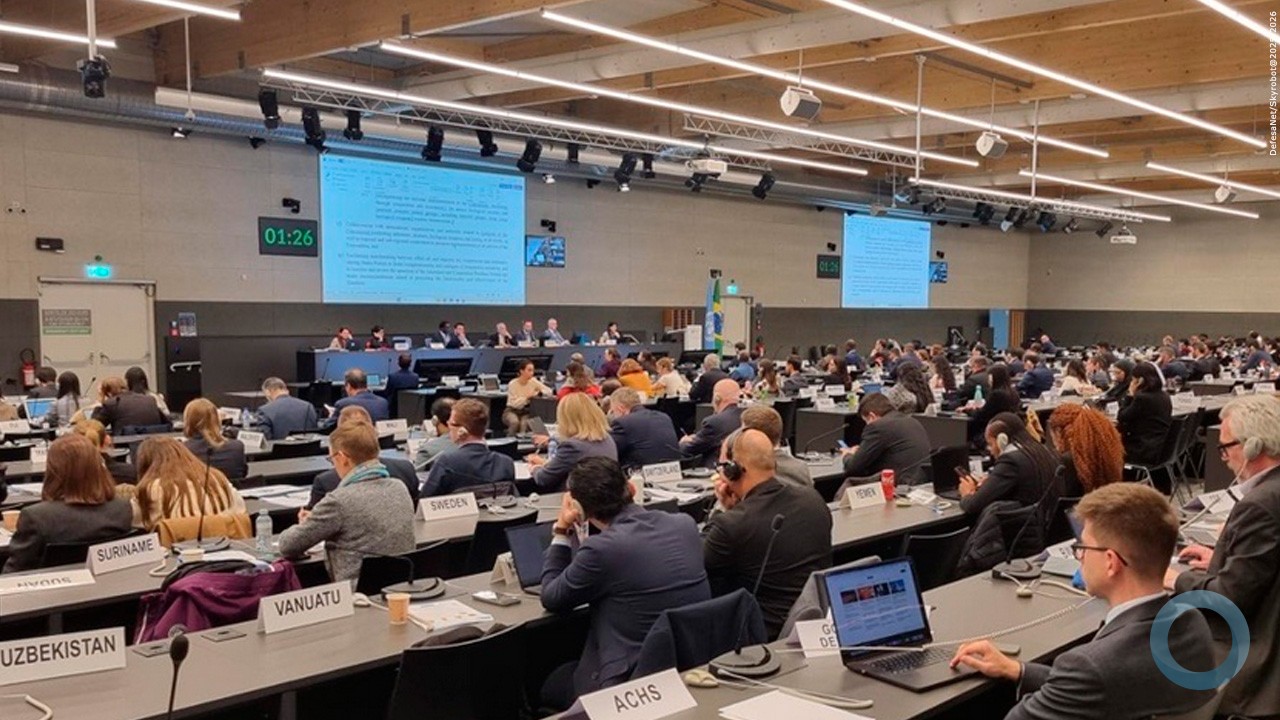Remarks by Chief of General Staff of the Russian Federation General of the Army Valery Gerasimov at the Russian Defence Ministry’s board session
Moscow – November 7, 2017
Minister of Defence and esteemed colleagues!
All the measures adopted in the last five years to organize and develop the Armed Forces have aimed to enhance combat competence of the Russia’s Armed Forces.
Main efforts have been focused on maintaining high level of combat readiness of the Strategic Nuclear and Non-Nuclear Forces, enhancing multilayer defence system as well as improving command and control system.
Another priority line for this sphere concerned development of the general purpose forces, establishment of autonomous grouping forces on strategic directions.
At the same time the emphasis has been put on rearmament with modern systems.
Over the five-year period, more than 300 newest samples of the advanced armament and military hardware have entered the service with the Russia’s Armed Forces.
Various missile systems have entered the service with the Russia’s Strategic Nuclear Forces.
The Strategic Missile Forces received more than 80 intercontinental ballistic missiles. Twelve missile regiments have been rearmed with the Yars new-generation missile systems over the last five years. The share of modern armament in the Strategic Missile Forces has grown from 42% to 66%, Moreover, overwhelming competence for missile defence has increased by 30%
Currently, prospective systems are being developed including the one with heavy intercontinental ballistic missile. Their performance characteristics will allow to use more efficient types of warheads and ways to overwhelm missile defence.
The maritime strategic nuclear forces have received the new-generation strategic missile submarines Borey. The share of modern submarines has grown up to 82%. In total, 102 ballistic missiles have been supplied for the submarines. Combat competence of the strategic missile ballistic submarines has increased by 25%.
Five nuclear-powered underwater cruisers Borey-A have entered final stage of construction. The fifth warship of this class, the Knyaz Pozharsky has been laid down in last December. The nuclear-powered underwater cruiser Borei-B with upgraded characteristics is being developed now.
The Tu-160M and Tu-95MS strategic bombers are undergoing a scheduled modernization.
The aircraft are being equipped with more powerful engines. On-board equipment is to be adjusted for a domestic element base, range of weapons is getting wider. Moreover, a long-range air complex is being developed.
As a result, a number of aircraft that can carry cruise missiles is now 11 times higher; the share of modern strategic bombers has grown up to 75.7% which is 53% higher.
In general, combat competence of the strategic air nuclear forces have increased by 1.6.
In total, the share of modern armament in ground, air and maritime strategic nuclear forces has reached 74%.
Nowadays, the Strategic Nuclear Forces can deliver a drastic damage on any aggressor including the one that possesses missile defence systems. At the same time, there are the foundations laid for sustained growth of combat capabilities amid the limits imposed by international treaties on arms control.
Non-nuclear deterrence forces have gained high momentum. Over the last five years, the Armed Forces have made a breakthrough in long-range high-precision weapons. The Iskander-M missile systems, underwater and surface warships with the Kalibr missile systems are being supplied. The long-range aircraft are being upgraded to operate the new Kh -101 cruise missile.
As a result, the number of ground, maritime and air systems have increased by 12 times; the number of cruise missiles – by 30. Command and control bodies as well as special units have been established for planning combat application of high-precision weapons.
This allows to operate long-range missiles at a distance of up to 4,000 km.
High-precision weapons are currently based in strategic areas – in Baltic, Barents, Black and Mediterranean seas. The groupings are mainly made up of warships with the Kalibr cruise missiles, Bastion modern coastal missile systems, and S-400 air defence systems.
Due to the gained momentum in high-precision weapons and current research in hypersonic missiles, main part of strategic deterrence tasks can be transfer from nuclear to non-nuclear sphere.
Aerospace Defence has experienced great changes. In particular, it is based on Aerospace Forces established in 2015 by merging Air Force with Aerospace Defence Force.
In course of development of the Russia’s Aerospace Forces,
missile defense alarm system has been upgraded. The Voronezh advanced radars are being introduced in service; current Daryal, Dnepr and Volga types are undergoing modernization,
Over the five-year period, orbital group has been boosted. In total 55 military spacecraft have been launched. The new Angara space-launch vehicle has been developed to deliver payloads to all types of near-Earth orbits from the Russian Federation.
The launches of EKS-1 (Unified Space System) took place to enhance control over ballistic missiles’ launching areas on continental part of the North America and patrol area of foreign submarines. The further deployment will enable global and sustained control over the ballistic missiles’ launching areas
Air formations and bases have been receiving more than 200 modern aircraft such as Su-30SM, Su-34, Su-35S, MiG-31BM and combat helicopters Ka-52, Mi-28N a year since 2013. As a result, 12 air regiments, three brigades and six army aviation regiments have been rearmed with new hardware.
Nowadays the tactical aircraft can be operated in severe weather conditions as well as under enemy’s air defence and electronic warfare weapons.
In last five years, 16 anti-aircraft missile regiments have been rearmed with S-400 system.
The detection and effective range of the system has been doubled to make it superior to last modifications of the Patriot systems which are in service with the NATO countries. The deployment time is five times less than that of the American version.
Nineteen battalions equipped with the Pantsir-S anti-aircraft gun have been established. The system is capable to repel all types of air attacks, including small-sized drones.
More than 130 modern radars have entered Signal Troops to locate low-observable and low-flying means of air attack.
Over-the-horizon radar’s deployment is nearing its completion. The radar can detect a massed takeoff of aircraft and launch of missiles including hypersonic ones at a distance of more than 1,000 km from Russia’s borders.
In total, the share of modern armament in Aerospace Forces have reached 72.8%. At the same time, its share in Air Force makes up 72%, in Air and Missile Defence forces – 68%, and 81% in Space Force.
Reconnaissance and air control capabilities as well as fire power of air defence have increased by 1.5.
Over the five-year period, the armament process has stabilized in the Russian Navy.
In total, more than 150 vessels including 60 warships, with 15 carriers of Kalibr cruise missiles, have entered the service with the Russian Navy.
Naval Air Arm received more than 60 aircraft. In total 14 battalions of Bal and Bastion missile systems have been delivered to Coastal Troops. The systems are capable to engage ground and maritime targets.
The Navy has received multi-purpose surface warships – corvettes and frigates which can engage ground and maritime targets and ensure air defence to cover naval formations.
The Operational Command for offshore maritime zone have been established to ensure command and control over warships that are on mission in the Mediterranean waters.
In total, the share of modern armament in the Russia’s navy has reached roughly 53%, with 30% increase in combat capabilities.
It is important to point out that all the last-years’ solutions in development and procurement of ships, aircraft, coastal missile systems are considered to long-term. It provides a solid foundation for further strengthening the Navy.
Development of the Ground Forces has reached a fundamentally new level. The Ground Forces are the basis of joint general purpose.
There is a growth in armament and military hardware supplies. Meanwhile, artillery, air defence, reconnaissance and control systems are supplied to brigades and regiments together with military hardware for motorized rifle and tank formations.
The Ground Forces have received 3,000 pieces of armored hardware. Ten missile brigades have rearmed with the Iskander-M tactical system which is capable to launch both ballistic and cruise missile.
In total, one artillery brigade, 14 battalions, four Msta SM and Tornado G batteries have been rearmed with modern artillery systems.
In total more than 10,000 pieces of modern hardware have entered the service with the Ground Forces.
Development of prospective armament based on Armata, Kurganets, Bumerang and Koalitsia-SV self-propelled howitzers is nearing its completion.
The Ratnik-2 combat equipment have been developed to join the troops. The equipment provides high-level safety of personnel. Currently, 35 formations have been equipped with the Ratnik-2. The Ratnik-3 upgraded equipment is currently been developed.
Over the five years, serviceability of the Ground Forces’ vehicle park have reached 98%. More than 33,000 pieces of hardware and armament (33,489 pieces) have been repaired and maintained at storage bases.
In total, the share of modern armament in the Ground Forces has grown form 15 to 44.7%. Combat fire capabilities have increased by 45%, survivability of units – by 30% and maneuverability by 1.5.
Combat capabilities of grouping force have significantly increased in strategic areas.
The United Strategic Command, Northern Fleet, have been established in 2014. Joint Air Force and Air Defence Army and an army corps have joined the Northern Fleet. An arctic brigade has been formed to accomplish tasks in severe climate conditions.
Over the five years, the Northern Fleet have received 23 ships and vessels including the SSBN Yriy Dolgoruky, multi-role nuclear-powered submarine Severodvinsk. The missile cruiser Marshal Ustinov has been modernized. The Costal Troops received three Bal and Bastion missile battalions.
Military airfields are being reconstructed on the Franz Josef Land archipelago, New Siberian Islands, Schmidt Cape and near Anadyr city.
The grouping force in Arctic is being enhance to restore Russia’s presence in the strategic areas of the Arctic Ocean to ensure security of economic activity in the region.
Combat capabilities have been enhanced in the military districts. Over tha past five years, the Western military district has experienced great changes. The Tank Army Command, three motorized rifle and one tank divisions have been formed.
In total, 185 aircraft have been delivered in Air Force and Air Defence Army.
In total 19 warships and combat boats have joined the Baltic Fleet including the corvette Stoiky, small-sized missile vessel Zeleny Dol and Serpuhov equipped with the Kalibr missile system. An army corps has been established in the Kaliningrad region. Coastal Troops have been joined by the Bal and Bastion battalions.
The combined arms army, two motorized rifle divisions, a missile brigade and army aviation brigade have been formed in the Southern military district.
? ????? ??? ? ??? ????????? 226 ????? ? ????????????????? ?????? ????????? ? ??????????.
In total 226 new modernized combat aircraft have entered the service with the Air Force and Air Defence army.
An autonomous grouping force including maritime base, army corps, air, and air defence divisions has been established in the Crimea.
The Black Sea Fleet has received six underwater vessels, frigates Admiral Grigorovich, Admiral Essen equipped with Kalibr cruise missile three Bal and Bastion missile battalions.
The Caspian Flotilla grouping has been reinforced by missile vessel Dagestan and three small-sized missile warships equipped with Kalibr cruise missiles.
A tank division, two motorized rifle and one anti-aircraft missile brigade have been formed in the Central military district.
An army corps, missile, artillery, anti-aircraft brigades as well as army aviation brigade have been formed in the Eastern military district.
The Iskander-M missile systems have been delivered to missile brigades.
In total 289 aircraft have joined the Air Force and Air Defence Army.
The Pacific Fleet has been reinforced by 23 warships including the SSBN Vladimir Monomakh and Alexander Nevsky, prospective corvette Soversheny. Costal Troops received four Bal and Bastion missile battalions.
Airborne Troops are being developed as rapid response force that can redeploy in a short period of time in any strategic area.
In order to enhance the combat capabilities of airborne formations, they have been reinforced by tank units.
In total, 497 airborne vehicles and self-propelled artillery mounts as well as parachute systems have entered the service with the Airborne Troops. The availability share of hardware has grown from 18% (in 2012) to 62.6% (in 2017), with 30% increase in combat capabilities. Currently, 30,000 troops are in contract service with the Airborne troops. In a short period of time, there has been a breakthrough in development of UAVs.
In last five years, 38 military bases and units have been formed equipped with 1,800 drones to conduct reconnaissance at a range of up to 500 km, and efficiently operate UAVs as part of reconnaissance-strike system.
Reconnaissance capabilities of the unmanned air grouping have increased by 15.
Flight specifications of domestic drones are being upgraded. The prospective samples are being developed to carry out reconnaissance at a range of up to 3,000 km.
The emphasis has been put on field mobile control posts, which are now equipped with latest automated vehicles to enhance mobility, efficiency, and command and control stability in course of combat actions.
The availability share of modern automated equipment in control posts has grown from 31% to 60%.
The command and control automated system has been developed in tactical units. It provides automated gathering and analyses of situation data? Planning of combat actions, fire and CSS control. Its efficiency has been proved during the Zapad 2017 and Kavkaz 2017 strategic exercises.
Starting from 2018 sets of integrated tactical command and control system are to be introduced into motorized rifle and tank formations.
Operational control units have received over 4,000 pieces of communication hardware.
Over 49,000 samples of communication hardware has been introduced into troops.
Share of modern communication samples has been increased from 38% to 58% since 2012. They are successfully operated in different weather conditions, including in the Arctic zone and southern regions.
For the last five years, a modern and balanced system of the EW troops armament has been established.
Electronic warfare troops have received 19 newest samples, including aircraft-carried ones. Their technical capabilities have been enhanced by improving their equipment.
For examples, Krasukha EW systems are capable to protect troops, military and civilian objects from high-precision weapons. EW UAVs are capable to block radio communications at the radius of up to 100 kilometers.
In total, the EW troops have received over 2,000 new-generation systems. Share of modern samples has reached 79%.
Along with development of combat component of the Russian Armed Forces, combat service support is being developed as well.
For the last five years, two separate repair-evacuation regiments and five technical missile bases have been formed in military districts. Separate bridge battalions and battalions of multi-chassis heavy trucks have been formed in CSS brigades. Over 25,000 samples of new armored hardware and more than 4,000 missile and artillery armament have been introduced into troops. As a result, the share of modern samples has increased from 15 % to 50%. The share of serviceability has reached 98%.
Grouping of auxiliary vessels has received 60 modern watercrafts, including 150-ton floating cranes, multi-purpose bulk carriers, etc. Capabilities of auxiliary fleet has been increased in 1.4 times.
Military-scientific complex has met significant changings. Since 2012, eight research-and-development institutes and 10 large scientific units in military academies and military high schools have been formed.
In order to assess real readiness of military control bodies, formations, and units for task performance, unannounced combat readiness are taking place.
For the last five years, 24 large-scale unannounced combat readiness inspections have been held under the orders of the Supreme Commander-in-Chief, Defence Minister, and General Staff.
Combat and operational training intensity has been increased significantly due to unannounced combat readiness inspections. In 2012, 635 operational training activities were held. In 2017, the troops have held 800 ones, which is 30% more.
Operational sessions with leadership of the Armed Forces have been held. The session participants are informed about new approaches to troops’ combat training as well. They also discuss topical issues and develop ways of their solution.
Readiness of military control bodies and troops for acting in groupings is assessed according to results of annual strategic exercises. The Zapad 2017 strategic exercise demonstrated increased level of training of staffs and troops.
Competitiveness has become one the basic principles of combat training. It was initiated in 2013, when the first Tank Biathlon contest had been held.
Number of competitions and participants is increasing every year. This year, 28 countries participated in the Army Games. The number of contests has increased to 28 ones.
Elements of competitiveness have been introduced into all stages of combat training. Winners of the competitions take part in all-Army and International Army Games.
For the last three years, all-Army competitions and International Army Games have become an effective instrument in improving combat training of forces and troops.
Since this year in accordance with the combat training results the best small and large units are to be titled “shock troops”.
In order to be promoted to such a high rank, a unit has to get excellent marks for all combat disciplines, be at full strength, provided with operational arms, military hardware and supply reserves. But the main factor is a well-formed staff with high morale ready to accomplish combat tasks. The Minister of Defence promotes units to this rank in accordance with the inspections of central command and control commissions.
Following to the results of summer training control inspections 265 military units can now claim “shock troops” title.
The improvement of combat capabilities of the Armed Forces over the last five years has made it possible to significantly extend the military presence of the Russian Federation in strategic areas of the world.
Over the past five years, the long-range aircraft carried out 178 patrolling flights in the sea zones of the Norwegian, North, Black, Yellow Seas, Sea of Japan, and the west Pacific Ocean, north-east Atlantics, and the Arctic.
The flight intensity of the long-range aircraft is being kept at the same level as in the USSR. It should be noted that the flying time per crew of the Tu-160 and Tu-95MS strategic bombers increased by 10% in a year.
The intensity of the Navy’s missions has increased in the key areas of the Global Ocean. Over the past five years there has been 672 missions including 36 in the Arctic zone and 22 in dangerous pirate areas.
The maximum annual number has made up 139 in 2017.
During the combat missions, there were 650 visits and business calls in the foreign ports. Moreover, joint drills with the foreign navies are held annually.
The quality changes which happened in the last five years allowed to successfully provide help to the Syrian people in their fight against international terrorism.
In Syrian Arabic Republic, the Russian military countered a well-prepared enemy.
Large terrorist formations were well-equipped with arms and military hardware. They used to have 1,500 tanks and armored vehicles, more than 1,200 guns and mortars taken from Syrian and Iraqi government forces. They did not lack ammo and material supplies which had been constantly replenished from abroad.
Their commanders have undergone training in the special camps under the guidance of western instructors with the military aide from the Middle East, Western Europe and America. In some cases, the special operation forces’ officers of those countries headed the illegal armed groups.
The level of cohesiveness and training of the terrorist formations was equal to the Syrian government forces, they acted combat-wise and unconventionally, especially in urban areas. In fact, every populated area included a fortified zone with a well-laid-out fire system, concrete constructions, sophisticated system of engineer obstacles and underground communications.
By the beginning of the operation, the terrorist formations controlled 70% of the Syrian territory and continued offensive actions in all directions.
Over the two years, the Russia’s Armed Forces managed not only to turn the tide in favor of the government forces but also eliminate the large armed militias at the decisive directions, liberate the key cities and unblock the main communications. In total, more than 1,000 settlements were liberated, 54,000 militants eliminated (including more than 2,800 natives from the Russian Federation and 1,400 from the CIS countries).
The success of the operation was facilitated by the created combat service support (CSS) system. Within a short period of time, required supplies were delivered by air and sea. Modern military and social infrastructure at Khmeimim air base and Tartus CSS center were established.
It provided a consistent supplied of air weapons, refueling and maintenance of aircraft and all the amenities for the troops. It enabled the airplanes to conduct 2-3 flights per day, and more than 100 daily flights of the air force grouping.
In course of the operation, all the modern armament and military hardware has passed testing in combat. Sea- and air-based cruise missiles, newest airplanes and helicopters, modern air weapons, surveillance and target systems and others were used in combat against terrorists. The wide usage of reconnaissance-strike systems based on surveillance, control and signal systems allowed to implement the principle of “one target-one bomb” principle.
In the far effective area with a radius of 4,000-km, the Kalibr sea-based and Kh-101 air-based cruise missiles and Tu-22M3 long-range bombers were used to support combat actions.
In the middle effective area (up to 500 km), the Su-24 bombers and Su-33 fighters equipped with special computer subsystem (SVP-24, Gefest) conducted strikes comparable to high-precision weapons.
In the near effective area, reconnaissance-strike systems made up of Strelets reconnaissance, control and communication complexes and Su-24M bombers were actively operated.
Air complexes based on Su-34, Su-30SM and Su-35, Mi-28N and Ka-52 helicopters, S-400 and Pantsir-S AD systems, T-90A and T-72B3 tanks and radio electronic combat complexes performed well during combat. Modern MLRS and Kornet AD systems and other military hardware were highly appreciated.
The combat actions in Syria proved that Russian combat vehicles and military equipment are some of the best in the world. They are characterized as easy-to-operate, reliable and having higher combat ability than their foreign versions. Due to such specifications, many countries prefer to procure Russian weapons.
A great number of Russian officers of have gained combat experience. All the heads of military districts with their staff, combined arms armies, air and air defence armies and almost all the division commanders and more than half of combined arms brigades and regiments commanding officers have been involved in the Russia’s grouping in Syria. They had combat practice in command and control, joint cooperation and complex surveillance, control and fire systems.
Almost all piloting staff of tactical and army aviation gained combat experience.
Combat experience was gained by crews of warships and submarines as well.
Pilots of the Northern Fleet ship grouping have carried out strikes on ground objects for the first time. MiG-29K and Su-33 naval aircraft were equipped with new aiming system to engage ground targets. The aircraft performed 420 combat sorties, including 117 ones at nighttime. In total, 229 pilots and engineers have gained combat experience.
Engineers of the International Mine Action Centre of the Russian Armed Forces have cleared more than 6,000 hectares, 17,000 buildings, and 1,400 kilometers of highways from mines. They have defused over 100,000 explosive devices.
It is important to take into account combat experience gained in other military conflicts while training troops and military control bodies.
Combat experience gained in Syria has activated development and use of new forms of the Russian Armed Forces as well as conducting new types of military operations and warfare.
It especially refers to usage of high-precision weapons. Introduction of high-precision weapons into forces and troops as well as increase of range and precision of target engagement allowed to change approaches to prevent the enemy from perpetrating aggression against the Russian Federation. Moreover, mass usage of high-precision weapons has become the main part of all operations carried out by the Russian Armed Forces.
New ways of engagement the enemy as well as reconnaissance and strike systems have been developed and used by troops at the tactical level.
Success of the Syrian Arab Army became possible mainly due to Russian officers acting as military advisers. They formed and trained the 5th voluntary assault corps. The corps jointly with formations of General Suheil al-Hassan played a crucial role in defeating the ISIS detachments.
Units of General Suheil al-Hassan accomplished the most important missions in main battles, including liberation of Kuweires Military Airbase, Palmyra, Aleppo, Hama, Deir ez-Zor, Mayadin, and the Euphrates Valley. Certainly, all the actions were held under support of the Russian aircraft and other hardware.
The ISIS main forces have been defeated. Rest forces are to be defeated soon. Syrian conflict is being settled politically. The Russian Reconciliation Centre has been doing much for this. Zones of de-escalation and de-confliction have been formed. Units of the Russian Military Police have been deployed there.
These units are assessed by civilians as the main guarantor for observation of the ceasefire regime and end of the war. All necessary conditions for political settling of the conflict have been established. Therefore, session of the Syrian National Dialogue Congress has great meaning.
In course of warfare in the Syrian Arab Republic, the troops demonstrated that they had preserved the best traditions of the Russian and Soviet Army. Officers, sergeants, and soldiers of the Russian force grouping in Syria demonstrated bravery, determination, selfless dedication, honour, courage, and heroism while performing combat tasks.
It is to be stressed that the personnel have not been selected specially for the operation in Syria. They were sent there in accordance with the rotation. In fact, this operation is an ‘exam’ for the Army and Navy.
Officers and soldiers demonstrated their skills gained during planned activities, training, exercises, and sorties.
Professional use of modern weapons, high level of tactical skills, and high morale allowed Russian officers and soldiers to accomplish the most complicated combat missions.
Commanders of the Russian force grouping Colonel General Dvornikov, Colonel General Kartapolov, Colonel General Zhuravlyov, Colonel General Surovikin, Chiefs of Staff Lieutenant General Lapin, Lieutenant General Ustinov, and Lieutenant General Chaiko as well as military advisers Major General Zhidko, Major General Ivanayev, Major General Muradov, Major General Ryzhkov and others demonstrated their exceptional skills of leadership.
Officers of the Russian Armed Forces are characterized as high-trained ones. In total, 95% of officers of strategic and operational command posts have graduated from the Military Academy of the General Staff. Commanders of formations and military units have graduated from military academies.
Most commanders and military leaders demonstrate initiativity, vigour, and ambition while performing assigned tasks.
Effective regiments, brigades, and divisions equipped with newest armament and hardware as well as cooperative military control bodies, trained personnel, experienced officers, high morale, and task performance readiness are the results of all these transformations in the Army and Navy.
The Strategic Deterrence Forces prevent perpetrating aggression against the Russian Federation and the allies.
Interservice force groupings capable conduct missions in projected armed conflicts have been formed at all strategic directions.
Gained momentum of Armed Forces’ building will be preserved. This will allow to increase their combat capabilities by 2021.
Share of modern armament and hardware are to be not less than 70%, share of serviceability – not less than 90%.
Storages of missiles, projectiles, and materials are to be kept in accordance with regulations.
Intensity of training of military control bodies is to be preserved.
Morale level of troops is to be supported.
This will allow to provide military security to the Russian Federation and defence national interests in strategic areas of the world.






